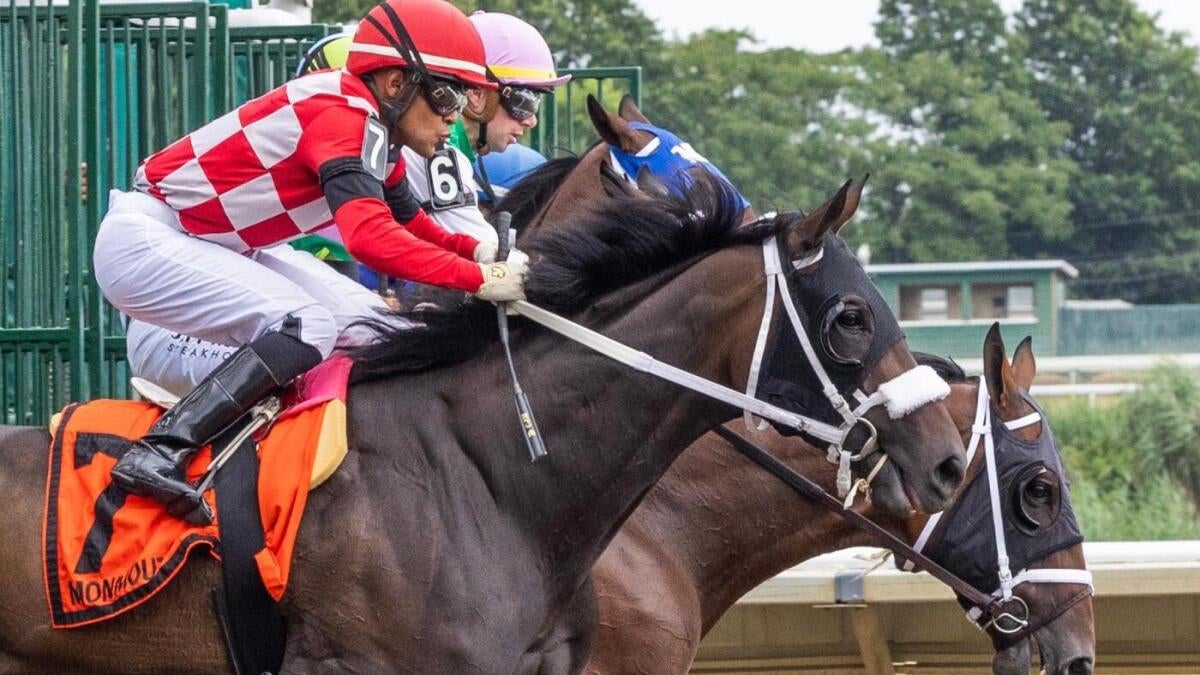The 2025 Belmont Stakes stands poised as one of the most intriguing chapters in American horse racing history, blending tradition with significant change. This year’s race not only challenges the conventions of the beloved Triple Crown series but also reshapes expectations through its distinct venue, distance, and competitive dynamics. A deep dive into these elements reveals a compelling narrative shaped by history, strategy, and the unpredictable essence of sport.
Historic Relocation and Its Strategic Implications
The decision to move the Belmont Stakes from its iconic home at Belmont Park to Saratoga Race Course is momentous. Riding on the shoulders of tradition, the Belmont Stakes has been synonymous with Belmont Park for over a century, where the grueling 1 1/2-mile distance demands endurance and resilience. The 2025 race, scheduled for June 7 with a precise 7:04 p.m. ET post time, disrupts this long-standing routine due to construction constraints at Belmont Park, marking only the second time the race departs from its familiar ground.
Saratoga, with its unique track design, necessitates a shortening of the race distance to 1 1/4 miles—the same length as the Kentucky Derby. This fundamental change will inherently influence the race’s complexion, favoring horses with a turn of speed and tactical agility over those bred primarily for long-distance stamina. Trainers, jockeys, and bettors alike must recalibrate their strategies, parsing data through a new lens that weighs speed more heavily than in previous Belmont contests.
The Elite Contenders: Contrasting Styles and Narratives
The field shaping up for the 2025 Belmont is diverse and formidable, highlighted by intriguing rivalries and contrasting strengths. Journalism, the Preakness Stakes winner, arrives as the 8-5 favorite. Known for his dramatic late surge and resilience in overcoming deficits, Journalism embodies tenacity and finish-line determination. His recent triumph makes him a natural betting favorite, with momentum and psychological advantage on his side.
Sovereignty, the Kentucky Derby victor and a solid 2-1 contender, skipped the Preakness but maintains a strong presence as a top-tier threat. His tactical approach and proven capacity over 1 1/4 miles play well on Saratoga’s reconfigured stage. The rivalry between Journalism and Sovereignty, with each having claimed different legs of the Triple Crown series, injects a compelling narrative tension that fans and bettors eagerly anticipate.
Baeza and Rodriguez, with odds of 4-1 and 6-1 respectively, add depth and complexity to the field. Baeza’s consistent Kentucky Derby performance and Rodriguez’s backing from a legendary trainer like Todd Pletcher highlight the diverse paths horses take toward Belmont success. Dark horses Hill Road and Crudo provide additional intrigue, reminding observers that surprises are an inherent part of high-stakes racing.
Expert Perspectives: Navigating the New Terrain
Insight from seasoned analysts like Jody Demling sharpens understanding of how this unique Belmont Stakes might unfold. Demling’s impressive track record of 4 correct Belmont predictions in the past 7 years brings weight to his nuanced evaluations. His approach goes beyond surface-level odds and looks deeply into conditioning, compatibility with Saratoga’s track, and jockey-trainer dynamics.
Demling’s caution against relying purely on the favorites encourages bettors to explore potential dark horses and strategic plays. The shortened distance, combined with the new venue, amplifies this strategy by favoring tactical speed and positioning rather than pure endurance. His expertise thus serves as a reminder of the multiple variables at play, underscoring that the 2025 Belmont Stakes is less predictable than usual.
How Changing Conditions Impact Competition and Betting
The shift from Belmont Park to Saratoga, and the corresponding reduction in distance, represents a seismic shift in this race’s tactical landscape. Traditionally, the Belmont’s extended 1 1/2 miles has been a test of stamina—the “Test of the Champion”—ruling out many horses unprepared for the grueling final furlongs. In contrast, the current setup enhances the importance of early speed, race positioning, and timing of the finishing kick.
These changes also recalibrate betting strategies. Punters must dissect past race results with a focus on how contenders perform over 1 1/4 miles and adjust for the unique surface and track characteristics of Saratoga. This adjustment potentially pedals open the door for unexpected results, rewarding those equally adept at analysis and intuition.
The Crucial Roles of Trainers, Jockeys, and Post Positions
Success on race day often hinges on more than just equine ability; trainers and jockeys play pivotal roles in interpreting and executing race strategy. The presence of trainers like Todd Pletcher with Rodriguez in the field epitomizes the value of experience in navigating unusual circumstances. Pletcher’s multiple Belmont victories reflect a mastery of race nuances that could be decisive.
Jockeys such as John Velazquez, known for their tactical nous, add another layer of expertise. The draw for post positions—critical here because of Saratoga’s different track layout—will influence early positioning and race dynamics. A well-placed start could offer a competitive edge in a race where every second and stride counts.
Conclusion: A Race Poised Between Tradition and Transformation
The 2025 Belmont Stakes is anything but ordinary. Its relocation and race distance alteration craft a fresh challenge that disrupts conventional wisdom and elevates the importance of adaptability. The captivating duel between Journalism and Sovereignty anchors a competitive field enriched by multiple contenders each bringing distinct strengths to the track.
This edition of the Belmont Stakes embodies the spirit of horse racing: the thrill of tradition blending seamlessly with the excitement of change and unpredictability. Expert voices serve to deepen our appreciation of these complexities, urging a measured and analytical approach to understanding the race. As the event unfolds on June 7 at Saratoga, it promises to etch itself into the annals of racing as a landmark contest defined by strategy, speed, and storied rivalry—the perfect storm of factors that create legendary sporting moments.











